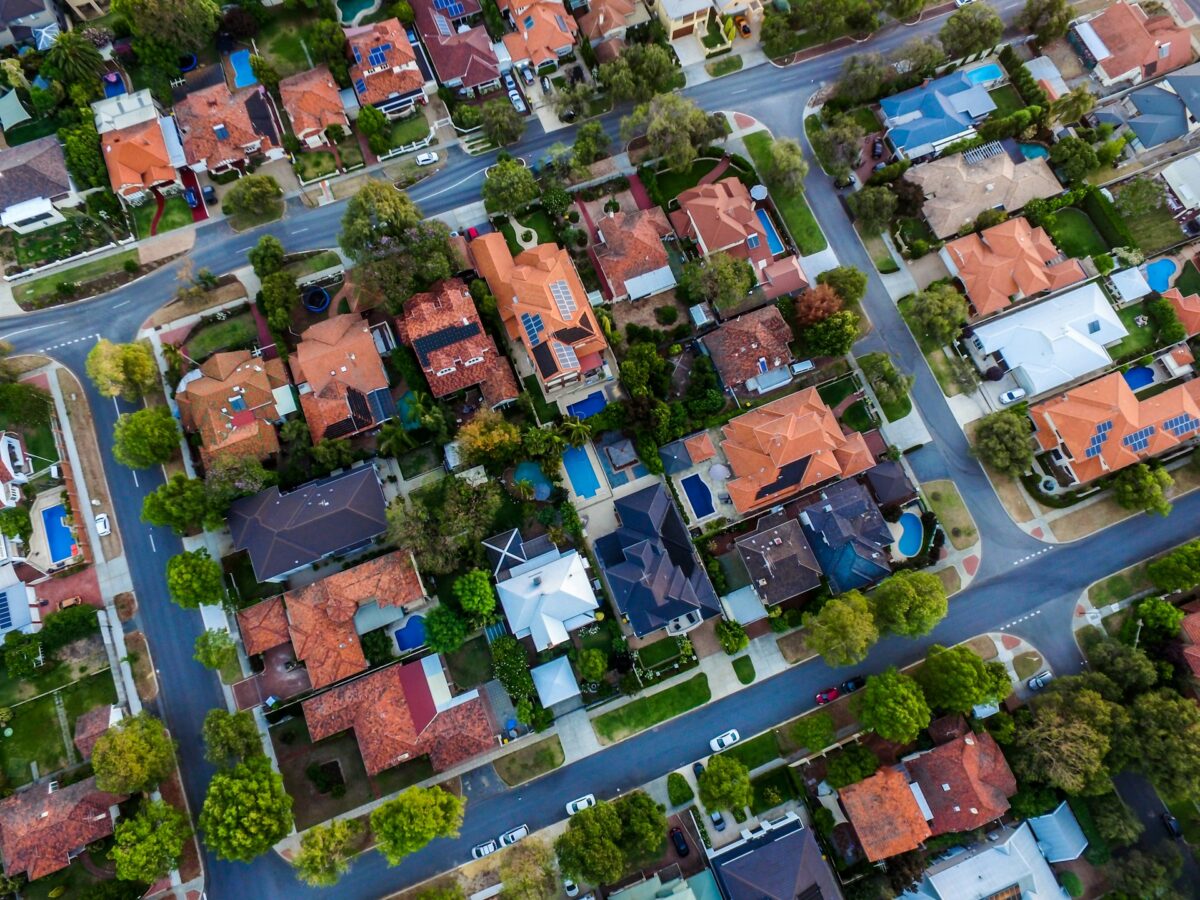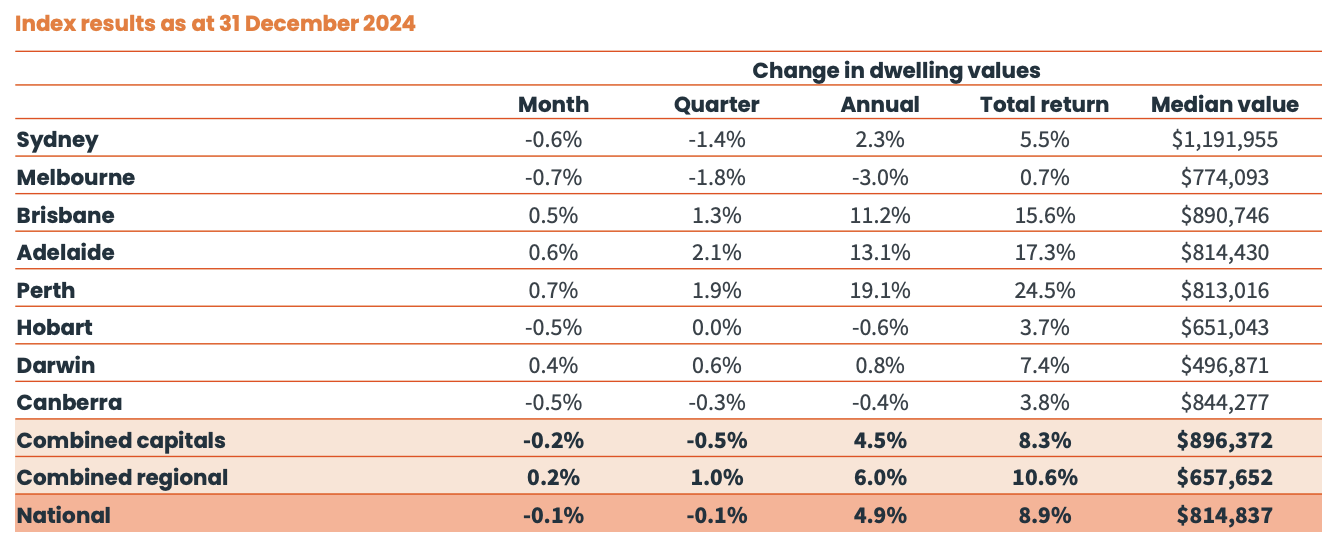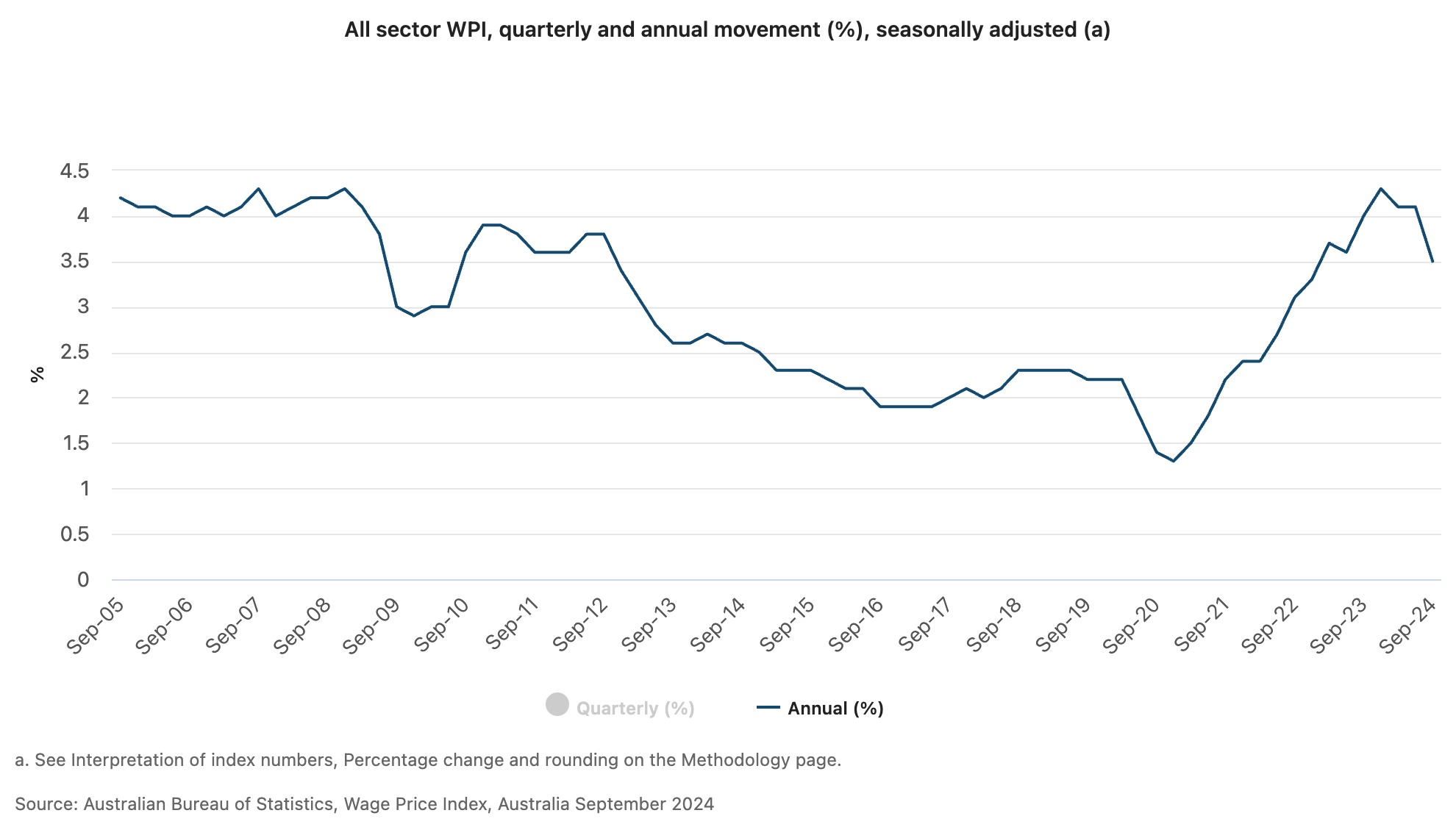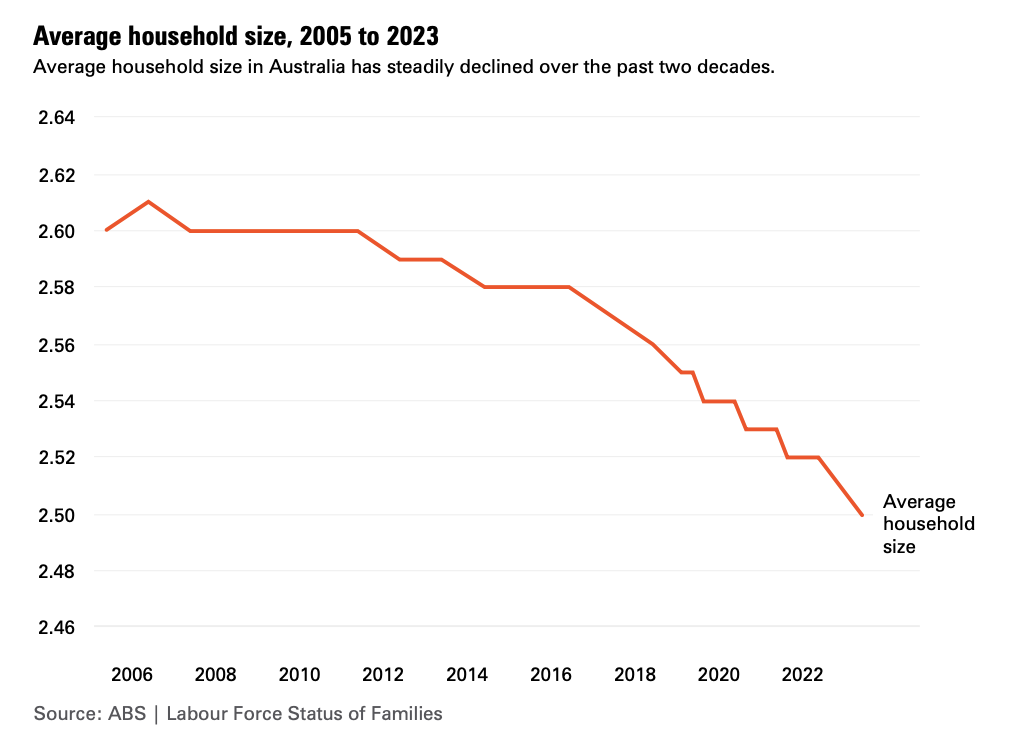Property prices fall + RBA hints at rate cut + Housing preferences changing

Australian property prices fell 0.1% in December, marking the first decline in nearly two years, according to CoreLogic.
This followed a flat result in November, marking a slowdown after a resilient growth streak.
CoreLogic’s research director, Tim Lawless, said the decline was expected.
“This result represents the housing market catching up with the reality of market dynamics,” he said.
“Growth in housing values has been consistently weakening through the second half of the year, as affordability constraints weighed on buyer demand and advertised supply levels trended higher.”
Despite the December dip, national home values rose 4.9% in 2024, adding $38,000 to the median home value.
Perth, Adelaide, and Brisbane led the way, with annual growth of 19.1%, 13.1%, and 11.2%, respectively. Sydney and Darwin saw more modest gains of 2.3% and 0.8%, while Melbourne (-3.0%) and Hobart (-0.6%) recorded declines.

RBA minutes hint at potential rate cut in early 2025
The Reserve Bank of Australia’s December meeting minutes suggest the first rate cut may arrive sooner than previously thought.
While the RBA kept the cash rate steady at 4.35%, the board noted that annual wage growth was softening faster than anticipated after it dropped to 3.5% in the September quarter from 4.1% in June (see graph).
Also, private sector hiring intentions remain below average, signalling reduced demand in the labour market.
This data has shifted the tone, with the board expressing increased confidence in inflation easing towards the target range of between 2-3%.
However, the RBA emphasised it won’t rush into rate cuts, noting it will assess key data in January, including inflation on the 29th and unemployment on the 16th.
“If the future flow of data continued to evolve in line with, or weaker than, their expectations, it would further increase their confidence that inflation was declining sustainably towards target. If that were to occur, members concluded that it would, in due course, be appropriate to begin relaxing the degree of monetary policy tightness,” the minutes said.

Smaller households equal bigger housing challenges
Australia’s shrinking household size is quietly adding pressure to the housing crisis.
Australian Bureau of Statistics data shows that in the mid-1980s, the average Australian household included 2.8 people. Today, it’s 2.5.
While this drop might seem small, it equates to the need for an additional 1.2 million homes – matching the federal government’s five-year housing target.
The pandemic accelerated this trend, as many sought more space, but hopes for a post-pandemic reversal have yet to materialise.
Nenad Petrovic, demographic consultant at id (informed decisions), says reversing this decline would require significant demographic shifts.
“To increase average household size, we’d need to see a reversal in the demographic trends that have led to its decline, including low fertility rates (resulting in fewer children per household) and an aging population that results in more older people living alone. In 2021, there were approximately a quarter of a million more older lone person households than ten years earlier in 2011,” he said.

